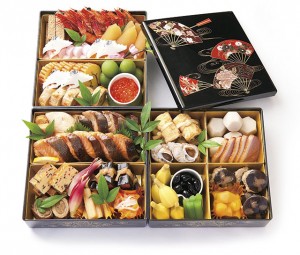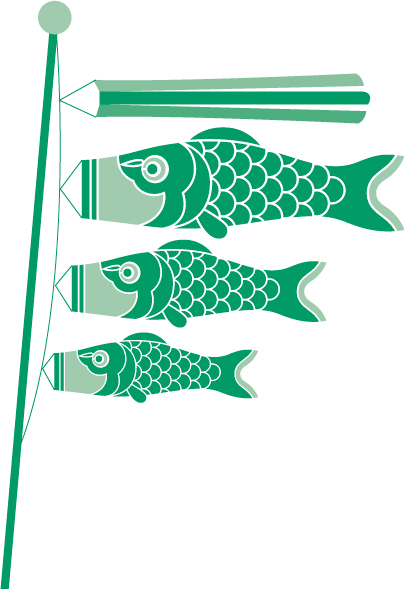Language
What’s in the Bento Box?

‘Tis the season to be jolly, and if you’re lucky enough to have been invited into a Japanese home to celebrate the New Year, you’re in for a real treat. Forget everything you might be used to eating at this time of year, shougatsu (New Year) in Japan will have your tastebuds talking about a totally different kind of culinary delight.
Osechi ryouri, special New Year’s food, comes in the form of the fanciest bento (lunch box) you will ever see. The three-tiered boxes are known as jubako, and stack together neatly in the same way as your standard bento box. Foods in osechi are pickled, salted, and cooked in such a way that they can last many days.
In ancient Japan, it was believed that toshigami-sama (the year god) visited the people in the shougatsu period, and the Japanese New Year foods and rituals were all done and prepared in order to welcome the toshigami to their homes and bring them happiness for the year.
The year-end house clean (nenmatsu no osouji) and making (or buying) osechi prior to January 1st is also done for the practical reason that homemakers do not want to be tied up in the kitchen during sanganichi (the first three days of the year) when every family member is at home on holiday for the purpose of visiting their relatives.
Many of the food items in osechi have special meanings, and knowing your New Year’s food is bound to impress your host. So saddle up for the occasion with this list of New Year’s food items.
Useful Expressions
| ROMAJI | KANJI | MEANING |
| kurikinton | 栗きんとん | Sweet chestnuts stewed in sugar are a bright yellow-gold color, signifying wealth. |
| nishiki tamago | 錦卵 | Planning on sorting out the finances in 2016? Then help yourself to an egg roll. The yolk and egg white, separated before cooking, symbolize gold and silver respectively. |
| kobumaki | 昆布巻き | Rolled kelp with fish, this food is associated with yorokobu, meaning ‘be happy.’ |
| kazunoko | 数の子 | If your mother-in-law seems overly eager for you to try the herring roe, it’s because she hopes for you to be blessed with many children. |
| renkon | レンコン | Lotus root has holes in it, and will enable you to look through to the future. |
| ebi | 海老 | Shrimp is believed to impart a long life because they have hige (a mustache) and koshi ga magatteiru (are hunchbacked). |
| satoimo | 里芋 | These tiny peeled potatoes are very sticky and can be a touch difficult to swallow, but are said to be extremely healthy. |
| kuromame | 黒豆 | Kuromame are black beans. The word mame can also mean “health” in Japanese, so be sure to eat a few of these to keep the doc away in 2016. |
| buri | ブリ | The adult yellowtail fish is considered good luck for getting a promotion at work. |
| tai | 鯛 | Red seabream is lucky because it is the ending of the word omedetai, meaning ‘congratulatory.’ |
| datemaki | 伊達巻き | This sweet omelet-like food, often mixed with fish paste or prawns, is said to bring on more days of prosperity and good luck in the coming year. |
| tazukuri | 田作り | The kanji of these dried sardines translates to “make a rice paddy” and it is said these tiny creatures helped fertilize the soggy fields once upon a time. |
| kamaboko | 蒲鉾 | A ground fish paste that has quite a unique texture. |
| ozoni | お雑煮 | Japanese New Year mochi soup that is eaten in the morning on the first day of the year. |








